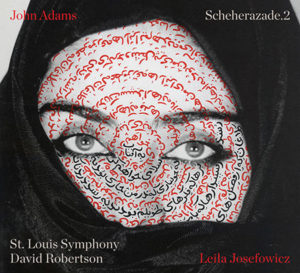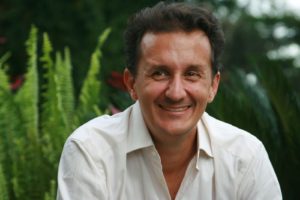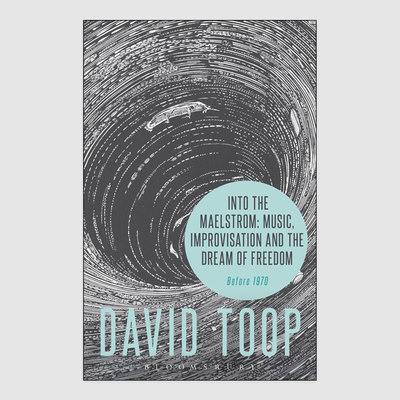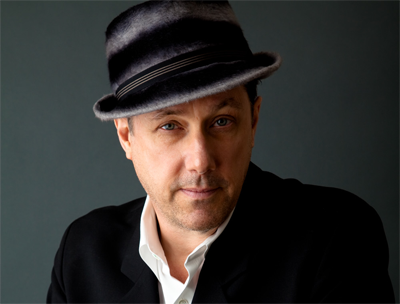Out today on Nonesuch is John Adams’s Scheherazade.2, a concerto for violin and orchestra of symphonic proportions. Composed for soloist Leila Josefowicz and the St. Louis Symphony, conducted by David Robertson, it also features Chester Englander as a “shadow soloist” playing cimbalom.
The program is, deliberately one suspects, somewhat veiled, but uncannily timed. It deals with the disempowered status of women, a given in the original Arabian Nights, and how they regain their voice and, ultimately, a sense of sanctuary from persecution. This is a theme that remains sadly relevant to current events, both abroad in far too many countries (and for far too many exiles and refugees) and in the United States’ disarrayed electoral politics.
Josefowicz plays marvelously, with a bravura demeanor that displays the courage of the title “character” and abundant virtuosity to boot. Robertson conducts St. Louis in a compelling and multifaceted performance, etching the details of the piece’s vivid orchestration and, while never overbalancing the soloists, bringing tremendous power to bear. When Adams’s Violin Concerto (1993) premiered, it was a watershed work for his compositional language, signaling a shift to a broader palette of harmonic and historic reference points. It appears quite possible that this is another pivotal piece in the composer’s catalogue.



 Composer, conductor, and pianist
Composer, conductor, and pianist 

